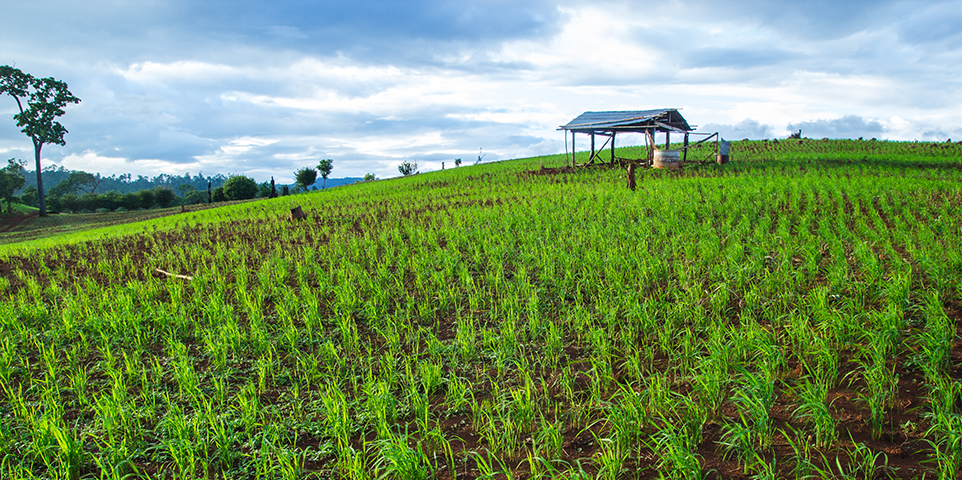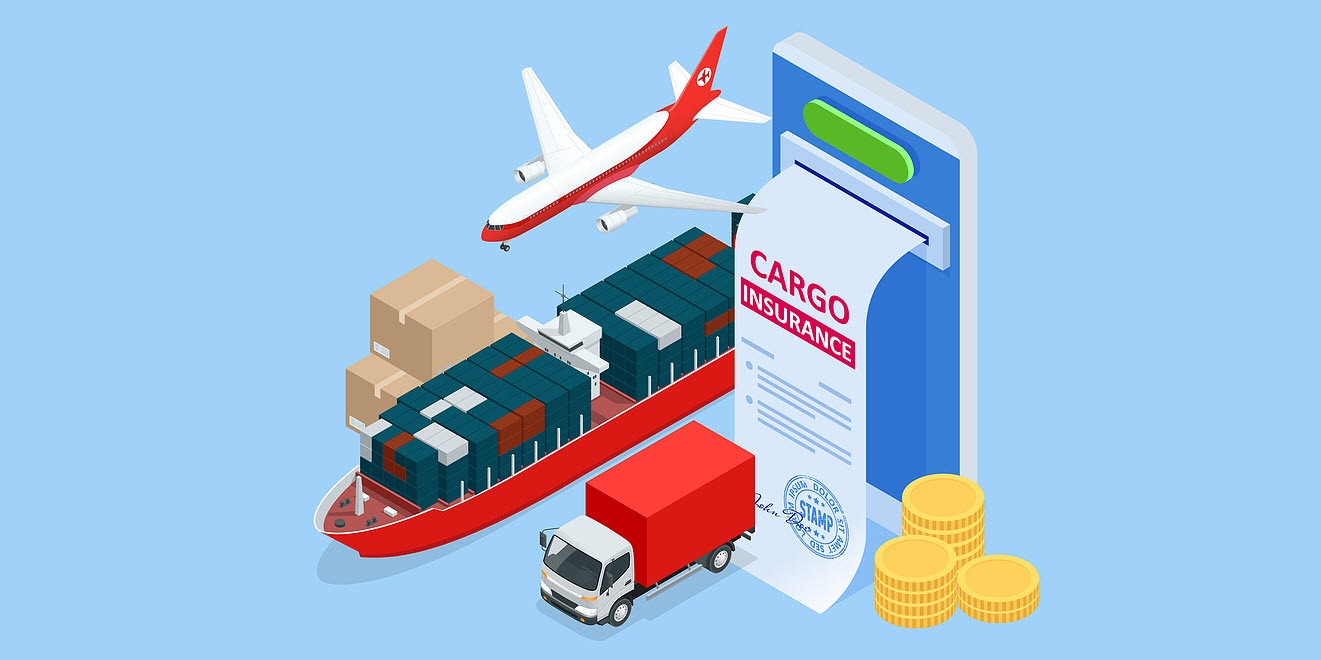Comprehensive Guide to Crop Insurance: Securing Agricultural Livelihoods
Crop insurance plays a pivotal role in safeguarding agricultural producers against the financial risks associated with crop failures due to natural disasters, adverse weather conditions, pests, and other perils. This article provides a detailed exploration of crop insurance, examining its importance, features, types, benefits, and practical applications in modern agriculture. Marine Liability Insurance: Best Guide 2024

Table of Contents
- Who Owns Sun Life Insurance? Best In-Depth Look at Ownership 2024
- Cheap Auto Insurance: Finding Affordable Coverage 2024
- Home and Auto Insurance: Comprehensive Coverage 2024
- Legal and General Life Insurance: Comprehensive Coverage for Your Loved Ones 2024
- Seven Corners Travel Insurance: Comprehensive Coverage for Travelers 2024
Importance of Crop Insurance
Crop insurance is essential for several key reasons:
- Risk Mitigation: Agriculture is inherently susceptible to various risks, such as droughts, floods, hailstorms, and pest infestations, which can lead to crop failures and significant financial losses. Crop insurance helps mitigate these risks by providing financial compensation to farmers for losses incurred due to covered perils.
- Financial Stability: By providing a safety net against crop losses, insurance ensures that farmers can recover financially and continue their operations even in the face of adverse conditions.
- Credit Access: Crop insurance enhances farmers’ ability to secure loans and credit by providing lenders with assurance that they will be able to repay debts even if crops fail due to unforeseen circumstances.
- Stimulating Investment: Insurance encourages farmers to adopt modern agricultural practices, invest in technology, and improve productivity without the fear of catastrophic losses.

Key Features of Crop Insurance
Crop insurance typically includes the following key features:
- Coverage for Yield Losses: Most crop insurance policies cover losses in yield due to natural disasters, adverse weather conditions, disease outbreaks, and other specified perils that are beyond the farmer’s control.
- Revenue Protection: Some policies offer revenue protection, which covers losses in revenue due to declines in crop prices or yields, ensuring that farmers are compensated based on their expected revenue.
- Premium Subsidies: Governments often provide subsidies to reduce the cost of crop insurance premiums for farmers, making it more affordable and accessible.
- Individual and Area-Based Policies: Insurance can be tailored to individual farms or based on the average yield of a specific area, allowing flexibility in coverage options.
- Timely Payouts: Efficient claims processing ensures that farmers receive timely payouts after a covered loss, helping them recover quickly and minimize disruptions to their operations.
Types of Crop Insurance
Crop insurance can be categorized into several types based on coverage and risk management strategies:
- Multiple Peril Crop Insurance (MPCI): MPCI is the most common type of crop insurance, covering losses caused by a wide range of natural disasters, including droughts, floods, hailstorms, frost, and disease outbreaks.
- Crop-Hail Insurance: This insurance specifically covers losses caused by hailstorms and sometimes includes additional coverage for fire, lightning, and vandalism.
- Revenue Protection Insurance: Revenue protection insurance guarantees a minimum level of revenue based on the farmer’s expected yield and the current market price, compensating for revenue losses due to price fluctuations or yield reductions.
- Area-Based Insurance: Also known as index-based insurance, this type of insurance uses a predetermined index, such as rainfall or vegetation indices, to determine payouts rather than individual farm losses.
Benefits of Crop Insurance
Crop insurance offers numerous benefits to farmers and the agricultural sector:
- Risk Management: Provides a crucial risk management tool for farmers to protect against yield and revenue losses, thereby stabilizing farm income.
- Stimulates Investment: Encourages farmers to invest in productivity-enhancing technologies, inputs, and practices without fear of catastrophic losses.
- Financial Security: Ensures financial security for farmers and their families by providing a safety net against adverse weather conditions and other risks.
- Supports Rural Communities: Helps maintain economic stability in rural communities by safeguarding agricultural livelihoods and supporting local economies.
- Policy Stability: Provides predictability and stability in agricultural policy, facilitating long-term planning and sustainability in the farming sector.
Practical Applications of Crop Insurance
Crop insurance is applied in various ways across different agricultural regions and sectors:
- Large-Scale Farming: Large commercial farms often utilize crop insurance to protect substantial investments in crops and ensure continuity in operations despite potential losses.
- Smallholder Farming: Smallholder farmers benefit from crop insurance by gaining access to financial resources to recover from crop failures and improve their resilience to climate change and market uncertainties.
- Specialized Crops: Insurance programs are tailored to specific crops with unique risk profiles, such as fruits, vegetables, and specialty crops, ensuring targeted protection against crop-specific risks.
- Global Applications: Crop insurance programs are implemented globally, adapting to local agricultural practices, climatic conditions, and market dynamics to support sustainable agricultural development.

Challenges and Considerations
Despite its benefits, crop insurance faces several challenges:
- Affordability: Premium costs can be prohibitive for some farmers, especially in developing countries with limited financial resources and infrastructure.
- Data Availability: Accurate and reliable data on crop yields, weather patterns, and market prices are crucial for assessing risks and setting insurance premiums, which may be lacking in some regions.
- Policy Design: Designing effective and equitable insurance policies that meet the needs of diverse agricultural sectors and stakeholders requires careful consideration of local conditions and practices.
- Government Support: Sustainable crop insurance programs often rely on government subsidies and support to remain viable and affordable for farmers.
Case Studies
Case Study 1: Drought in Midwest USA
Midwest Farms Inc., a large-scale corn and soybean producer in the Midwest, experienced a severe drought that significantly reduced yields. Their multiple peril crop insurance policy covered the yield losses, allowing them to recover financially and continue operations without major disruptions.
Case Study 2: Floods in Southeast Asia
Mekong Delta Farmers Cooperative in Vietnam faced extensive flooding during the monsoon season, damaging rice paddies and other crops. Their area-based crop insurance policy, based on rainfall indices, provided timely compensation for the flood-induced losses, supporting local farmers and ensuring food security in the region.
Case Study 3: Pest Outbreak in Kenya
Kenyan Maize Growers Association encountered a devastating pest outbreak that decimated maize crops across the country. Crop insurance helped mitigate the financial impact by compensating farmers for the crop losses, enabling them to replant and recover from the pest infestation.
Future Trends and Innovations
- Integration of Technology: Advances in satellite imaging, remote sensing, and data analytics are enhancing the accuracy of risk assessment and claims processing in crop insurance.
- Climate Smart Insurance: New insurance products are incorporating climate-smart practices and technologies to promote resilience to climate change impacts, such as drought-resistant crops and water-saving irrigation systems.
- Parametric Insurance: Parametric insurance, based on predetermined triggers like rainfall levels or temperature thresholds, offers faster payouts and reduced administrative costs compared to traditional indemnity-based insurance.
- Public-Private Partnerships: Collaborations between governments, insurers, and agricultural stakeholders are strengthening crop insurance programs, expanding coverage, and improving accessibility for farmers in underserved regions.

Conclusion
Crop insurance is a vital tool for promoting agricultural resilience, ensuring food security, and sustaining rural livelihoods in the face of increasing climate variability and market uncertainties. By protecting farmers against crop losses and revenue fluctuations, crop insurance supports sustainable agricultural development and economic stability worldwide. Understanding its features, benefits, and practical applications empowers farmers and policymakers to harness its potential effectively, contributing to a resilient and thriving agricultural sector.
Sources
- United States Department of Agriculture – Risk Management Agency
- International Food Policy Research Institute – Agricultural Insurance
- World Bank – Agriculture Insurance
- Insurance Information Institute – Crop Insurance
- Food and Agriculture Organization of the United Nations – Agricultural Risk Management


































:max_bytes(150000):strip_icc()/GettyImages-1134608647-d06eff10dc3746119683550068860dae.jpg)





